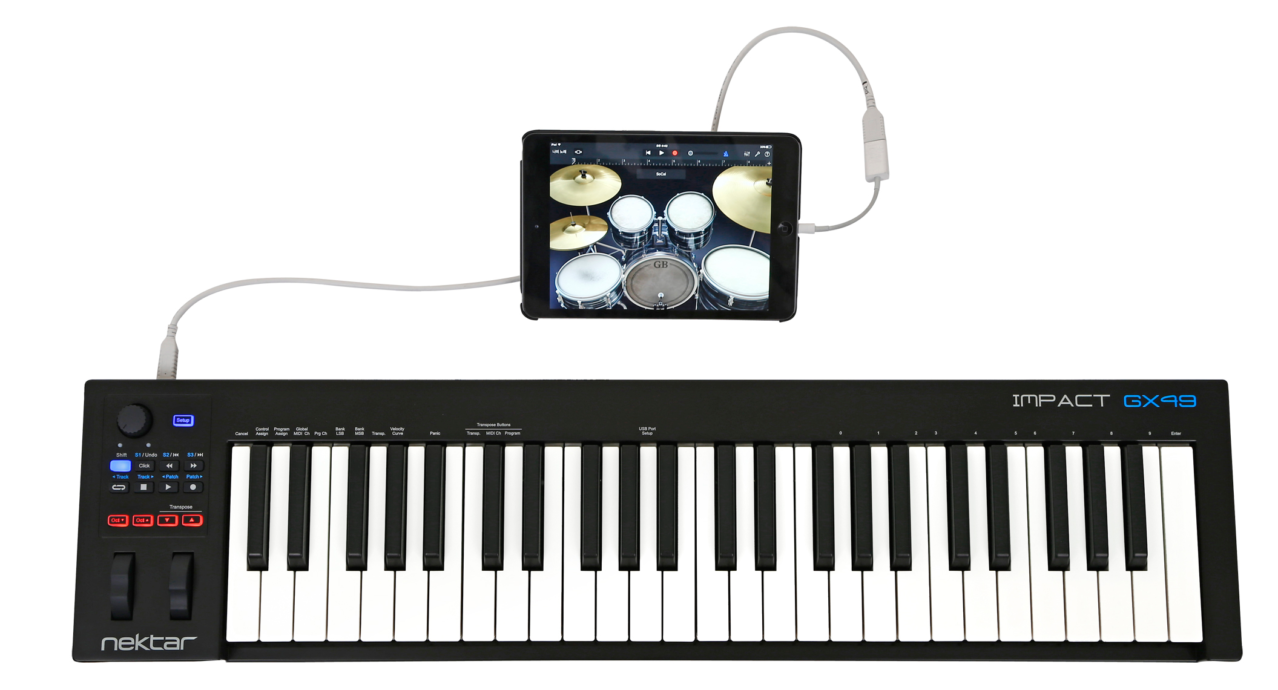


#Octave shifter 2 ableton free
And feel free to check out Soundfly’s online course, Intro to Music Production in Ableton Live, to learn more about making use of pitch-shifting and sample warping in your tracks. My favored hack here is to use the Grain Delay’s transpose function to approximate the effect of a dirty, old-school shifter lights.Īs usual, if you want to spend some time googling, there’s an assortment of paid and free third-party plugins you can experiment with in this field. Ableton Live is an exception - individual clips can be transposed up or down, but there is no track-based plugin that shifts recorded audio. Most DAWs ship with a native plugin that will allow you to shift the pitch of any given VST, with a greater or lesser degree of detail. Lots of these techniques, however, are emulations of processes that used to be done on analog hardware.

While pitch-shifting can be done in analog, today we’re going to focus exclusively on techniques that can be done inside a DAW. But sometimes the wobbly, warbly sound of a less accurate tracking mechanism can impart mysterious and cool sounds sounds that you might find creative applications for utilizing when exploring the pitch-shifting process. Some prize “clean” tracking, where complex chords can be shifted with maximum accuracy. The ability of a shifter to transpose a note without introducing sonic artifacts, glitches, or losing the melodic information is referred to as tracking. Monophonic shifters can successfully shift one musical note at any given time, while polyphonic shifters can handle multiple notes at once, shifting entire chords either up or down. In practice it’s sufficiently different from the techniques I’m going to describe here to kinda be its own thing. I’m going to leave aside vocal pitch-correction for the purposes of this article - that’s been covered right here on Flypaper however. Having an understanding of some of the techniques here, and using them well, can help add depth and richness to your compositions as well as your mixes. We all know that using pitch skillfully is one of the cornerstones of making great music. We measure the degrees of microtonality using “cents,” where there are 100 cents between each of the 12 Western musical scale notes. This transposition can be done according to the 12-note chromatic scale, microtonally, or land somewhere in between.

What is it exactly? Pitch-shifting is any process, analog or digital, that transposes the notes generated organically or naturally by an instrument. + Recording and mixing your own songs? Check out Soundfly’s in-depth online music production courses, and get unlimited access by hitting that subscribe button.įrom The Chipmunks to Rage Against The Machine, pitch-shifting has been part of music since recordings became part of popular culture.


 0 kommentar(er)
0 kommentar(er)
